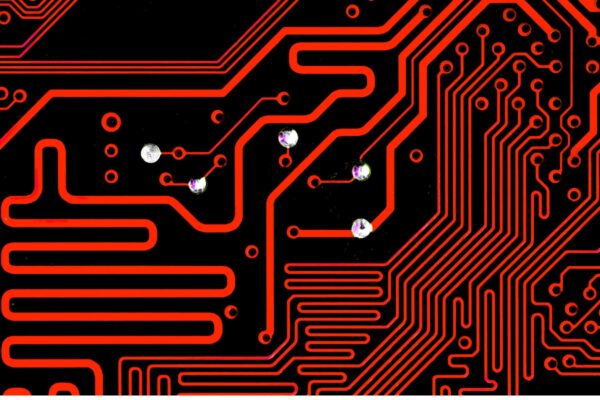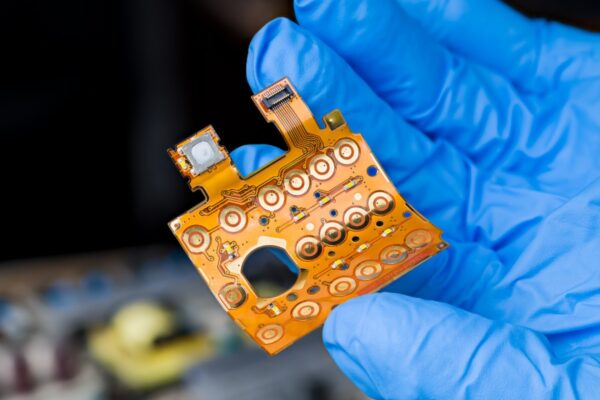What is Etch Compensation
Etch compensation is the process of adjusting the width of a trace on a printed circuit board to account for the effects of etching. During the etching process, the copper closest to the etch-resist layer can experience more significant etching, resulting in a narrower trace compared to the copper nearer to the substrate layer. To ensure that the final trace width meets the desired specifications, fabrication houses employ etch compensation techniques.
The amount of compensation required depends on factors such as the copper weight and quality controls. Typically, small adjustments are made to the normalized Gerber data before fabrication. These adjustments expand the copper features into available space by a certain amount, usually ranging from 1 to 8 mils. By doing so, the width of the trace after etching is increased to meet the specified minimum.
However, the compensation process can be challenging when dealing with closely packed copper features. Sufficient spacing between the features is necessary to allow the etchant to flow freely into the area and for copper atoms to move out. In some cases, fabricators may need to trim or cut back the copper away from other nets to ensure adequate etch compensation on critical features.





